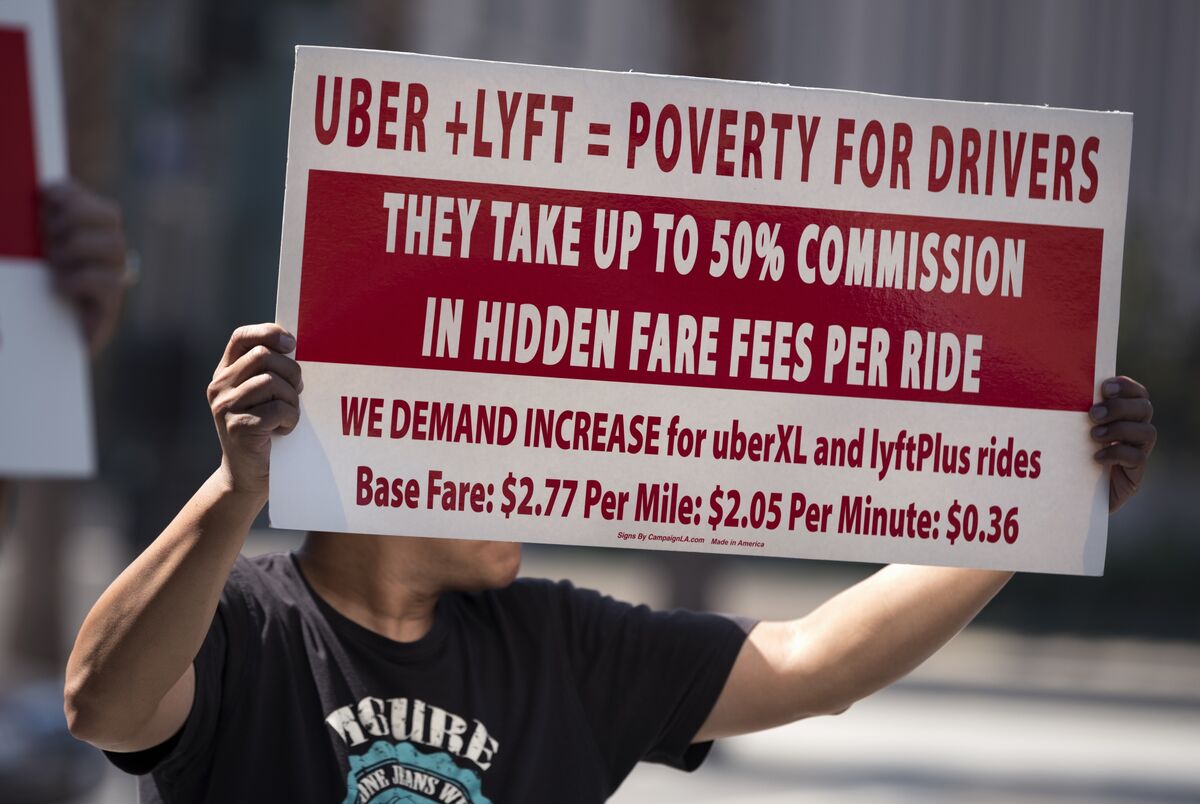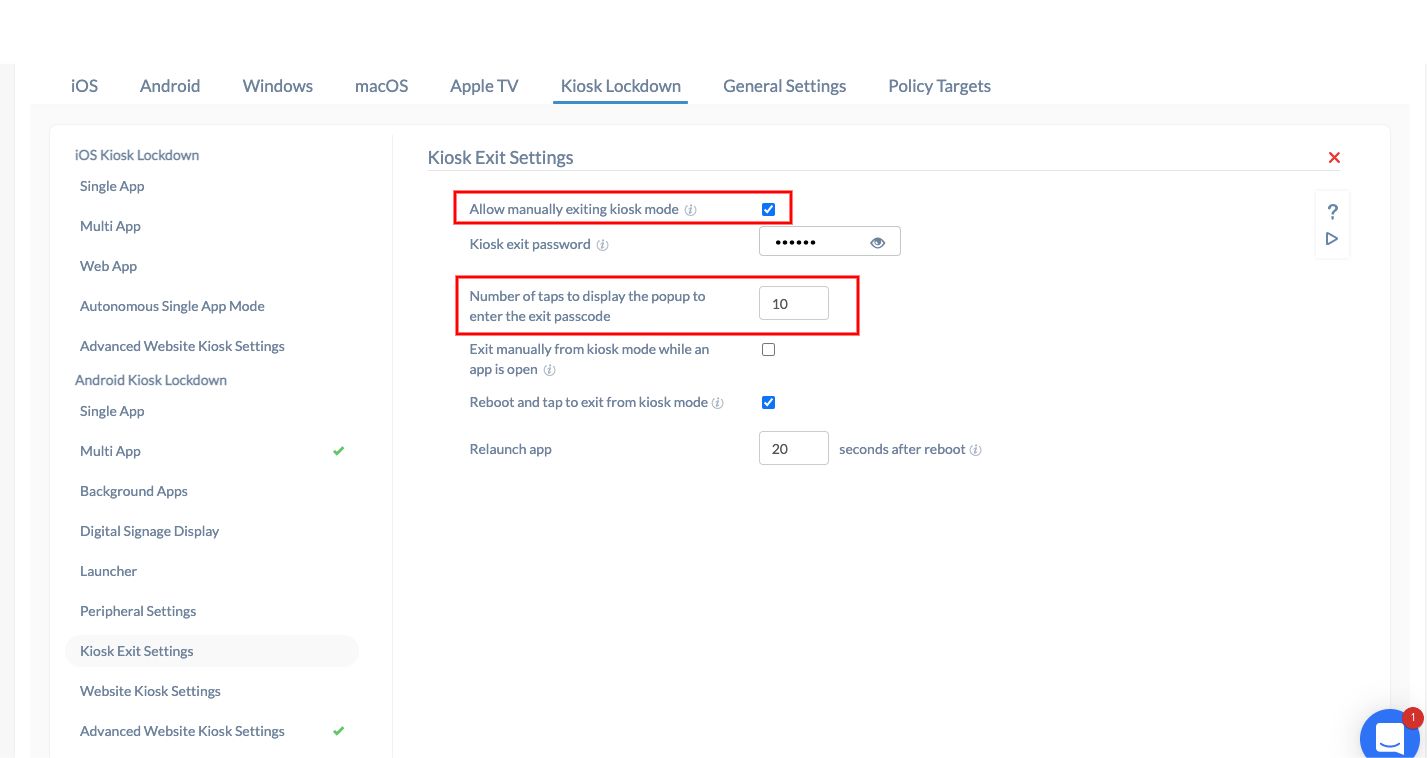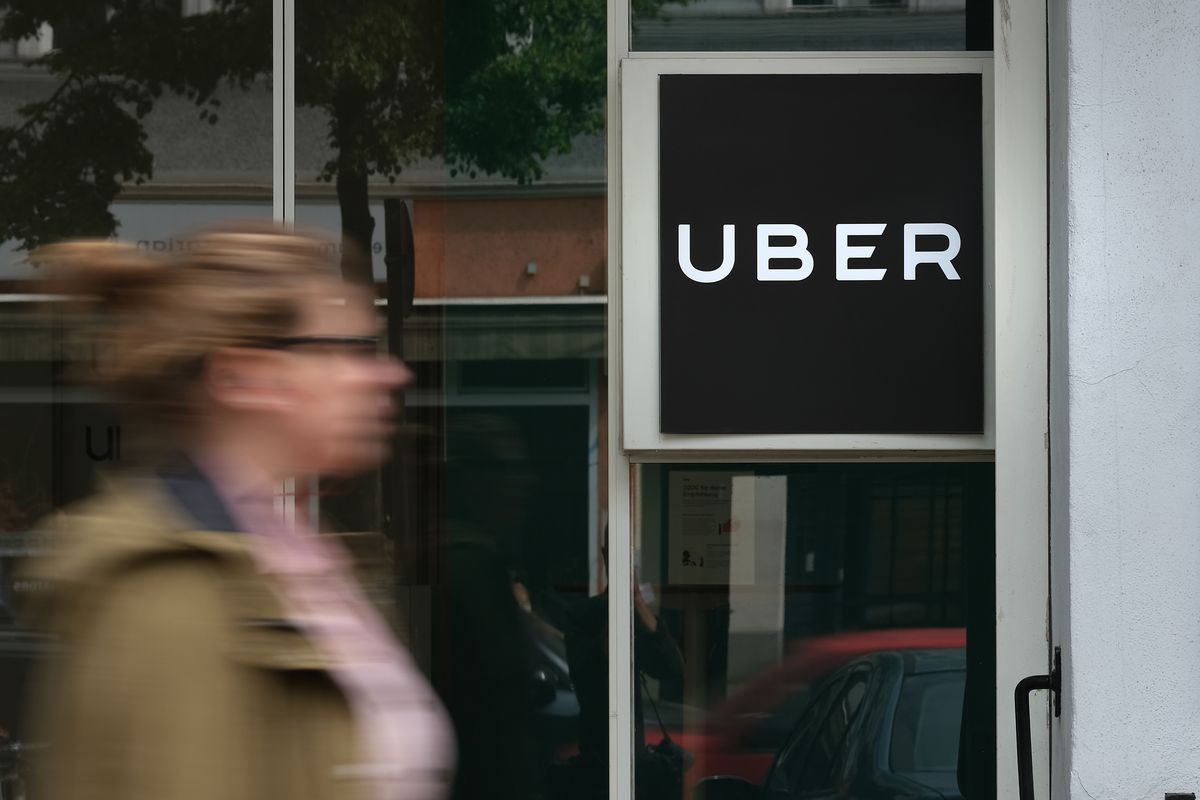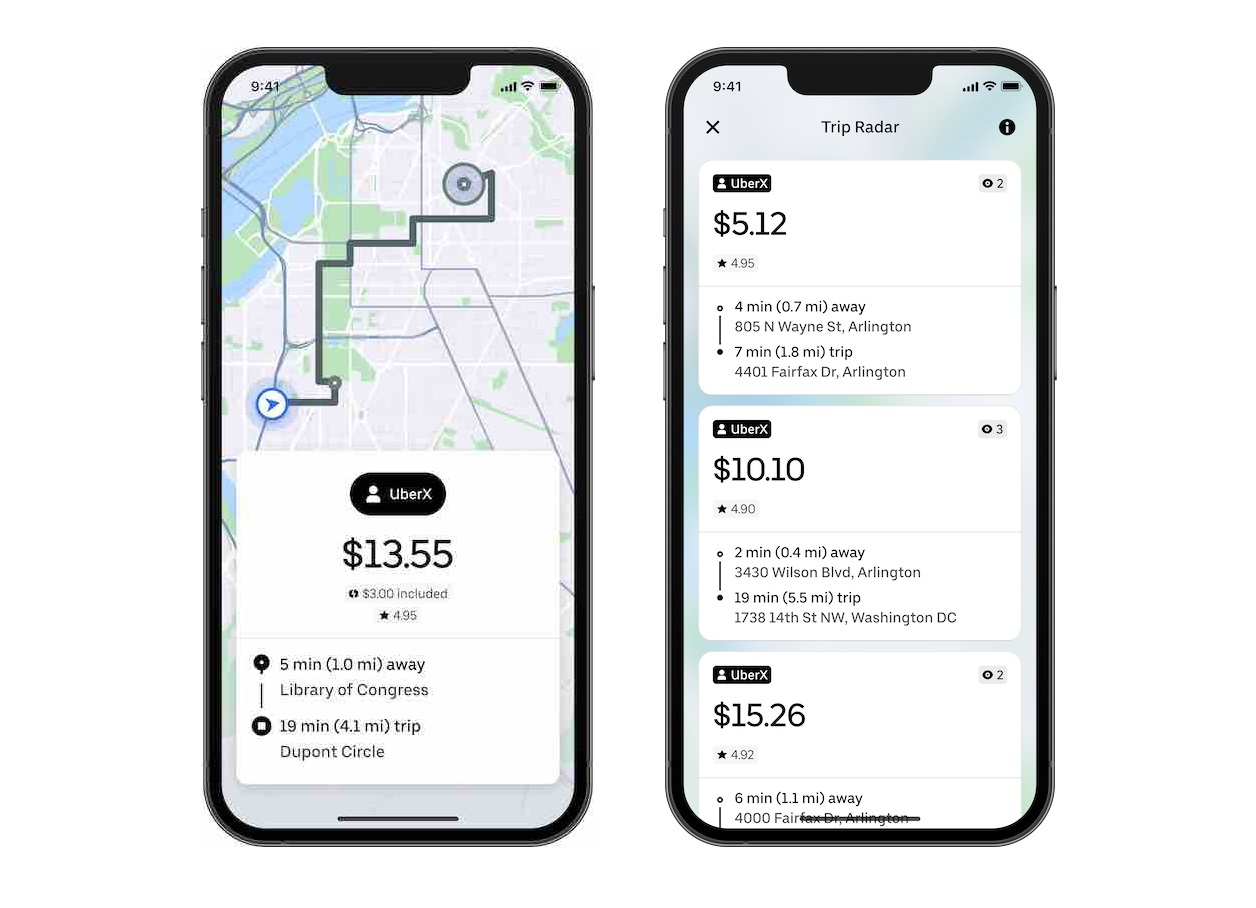Uber, the popular ride-hailing and food delivery service, is taking steps to combat the problem of unfair driver deactivations. These measures aim to address the concerns raised by drivers who have been deactivated without warning or explanation, often due to false complaints or biased ratings.
Key Takeaway
Uber is introducing new features to protect drivers from unfair deactivations, including a technology that ignores allegations from customers who consistently give bad ratings with the intent of getting a refund. The company is also expanding its in-app review center to provide more transparent information to drivers about deactivation decisions.
Addressing False Complaints and Biased Ratings
Starting from today, Uber will roll out a new technology in the United States that identifies riders or Uber Eats customers who consistently give bad ratings or feedback in order to receive a refund. Allegations from these customers will no longer impact drivers’ ratings or deactivation decisions, as stated in a recent blog post by the company.
In addition, Uber is expanding its in-app review center to provide drivers and couriers with more detailed information about why their account was deactivated. This includes the ability to request a review of the decision and the option to share additional evidence such as audio or video recordings.
Furthermore, Uber will be piloting voluntary drug tests for drivers who are accused of driving under the influence of a drug or for having a car that smells like marijuana (in states where it is legal). This will allow drivers to dispute these complaints and provide a fair opportunity to address the allegations.
The Impact of Unfair Deactivations on Drivers
Unfair deactivations have long been a source of frustration for drivers, who argue that they lack transparency and recourse to contest false complaints or biased ratings. Many drivers have protested against these deactivations and even joined class-action lawsuits against Uber.
According to a report by the Asian Law Caucus, 30% of deactivated drivers claimed they were not given any explanation for their deactivations. Of those who were given a reason, 42% said it was due to a customer complaint, while 10% cited low customer ratings as the cause. The report also highlighted that drivers of color and those with limited English proficiency were more likely to experience temporary or permanent deactivation, leading to financial instability.
Uber drivers, as independent contractors rather than employees, are not automatically eligible for unemployment benefits when deactivated, which can leave them suddenly without income. In fact, a significant portion of drivers surveyed in the report (81%) stated that driving for Uber and Lyft was their primary source of income.
Enhancing Transparency and Rider Verification
In an effort to enhance transparency and accountability, Uber is increasing efforts to verify rider identities. By 2025, the company plans to expand verification based on simple third-party checks, such as matching the rider’s name with the credit card on file. This aims to reduce incidents of false complaints and ensure a safer and more reliable experience for drivers.
Additonally, Uber is integrating Android Auto with the Uber Driver app, allowing Android users to access heat maps, accept trips, and use on-screen navigation directly from their car dashboard. The integration with Apple CarPlay was launched earlier this year.
Lastly, Uber is introducing a new tool in the app to assist couriers in finding nearby parking. Additionally, map labels specifying exact drop-off doors or providing photos of buildings will be added to make it easier for couriers to locate the precise drop-off location requested by the customer.
By implementing these measures, Uber aims to address driver concerns related to unfair deactivations, foster a more transparent system, and enhance the overall experience for both drivers and riders.
























